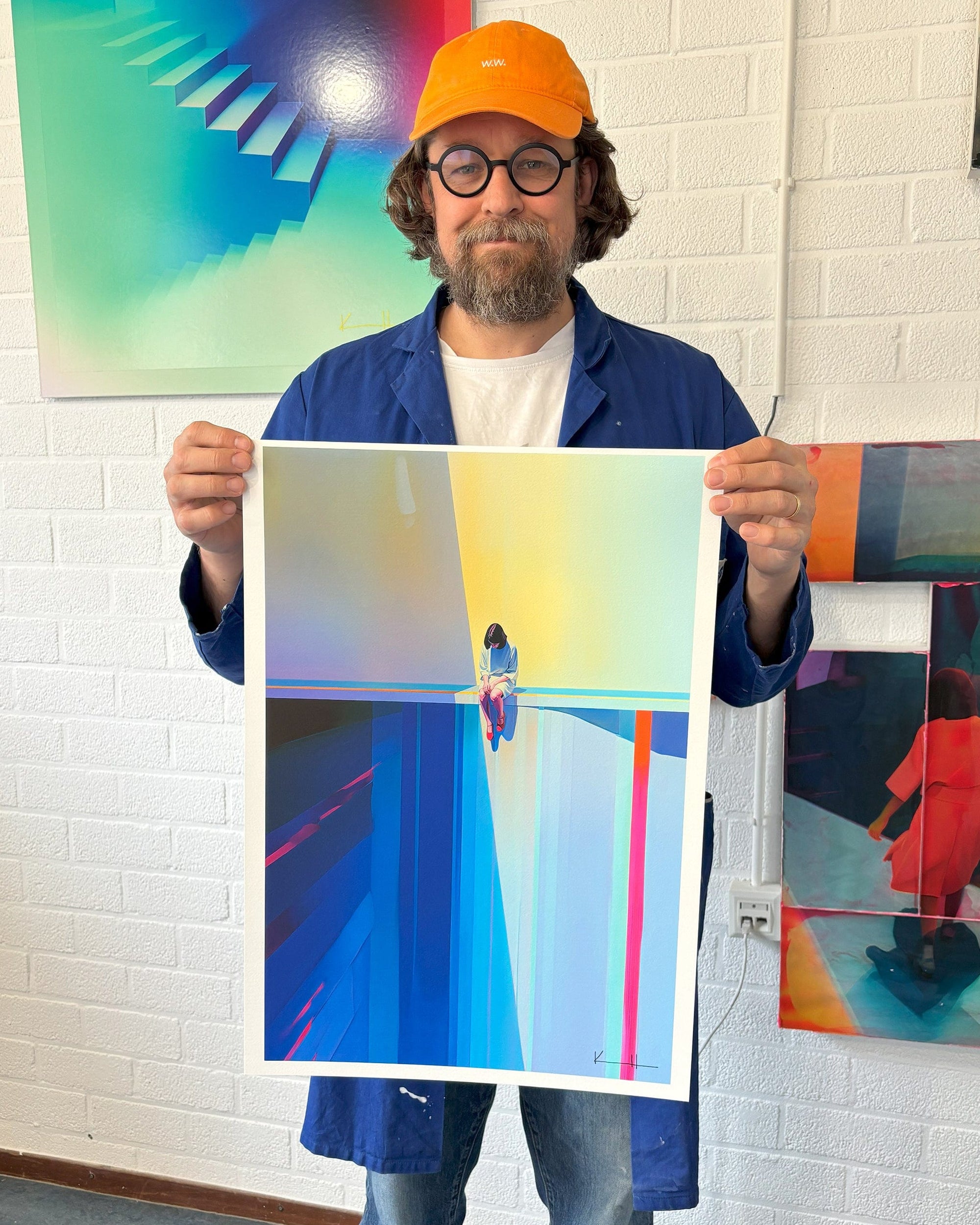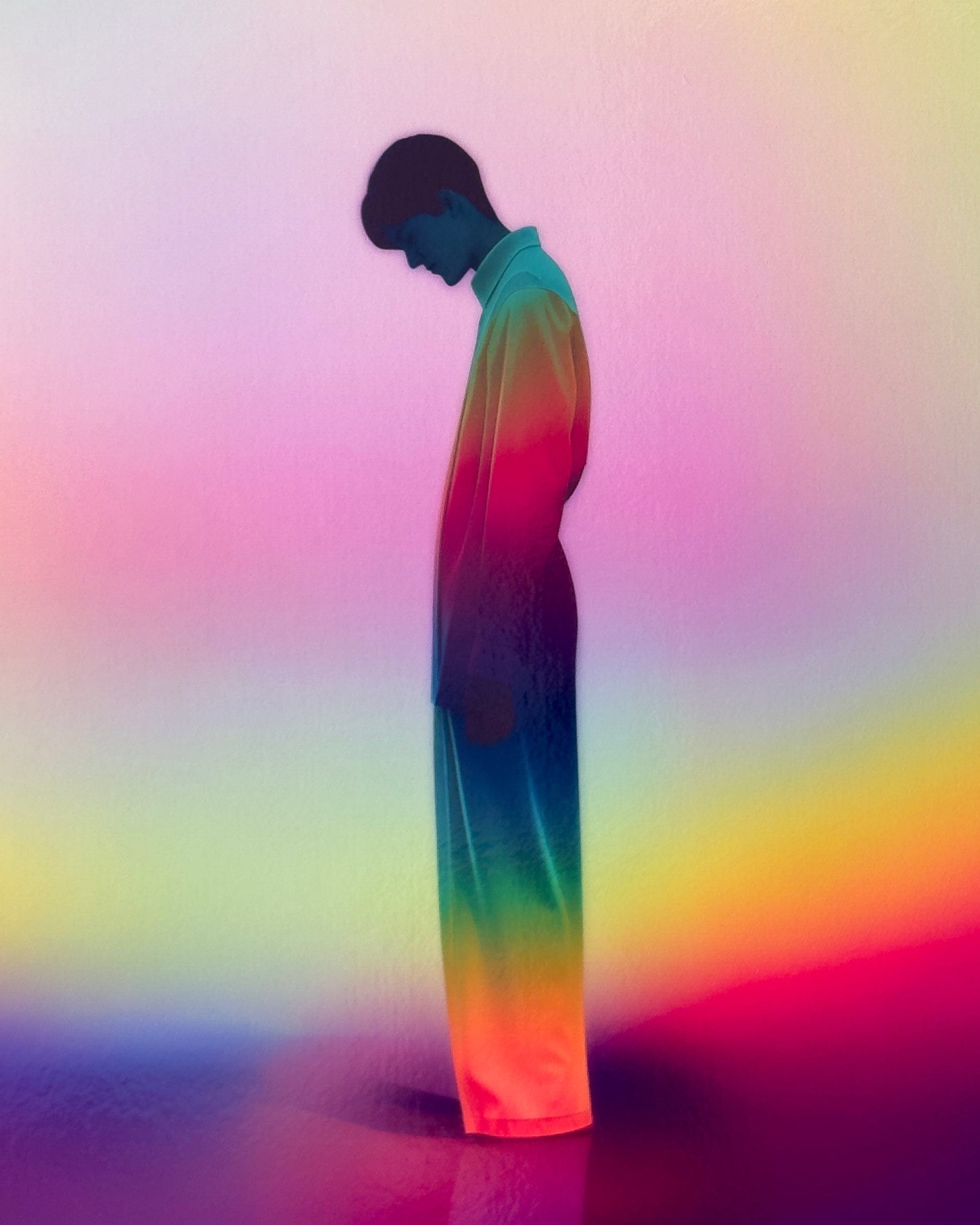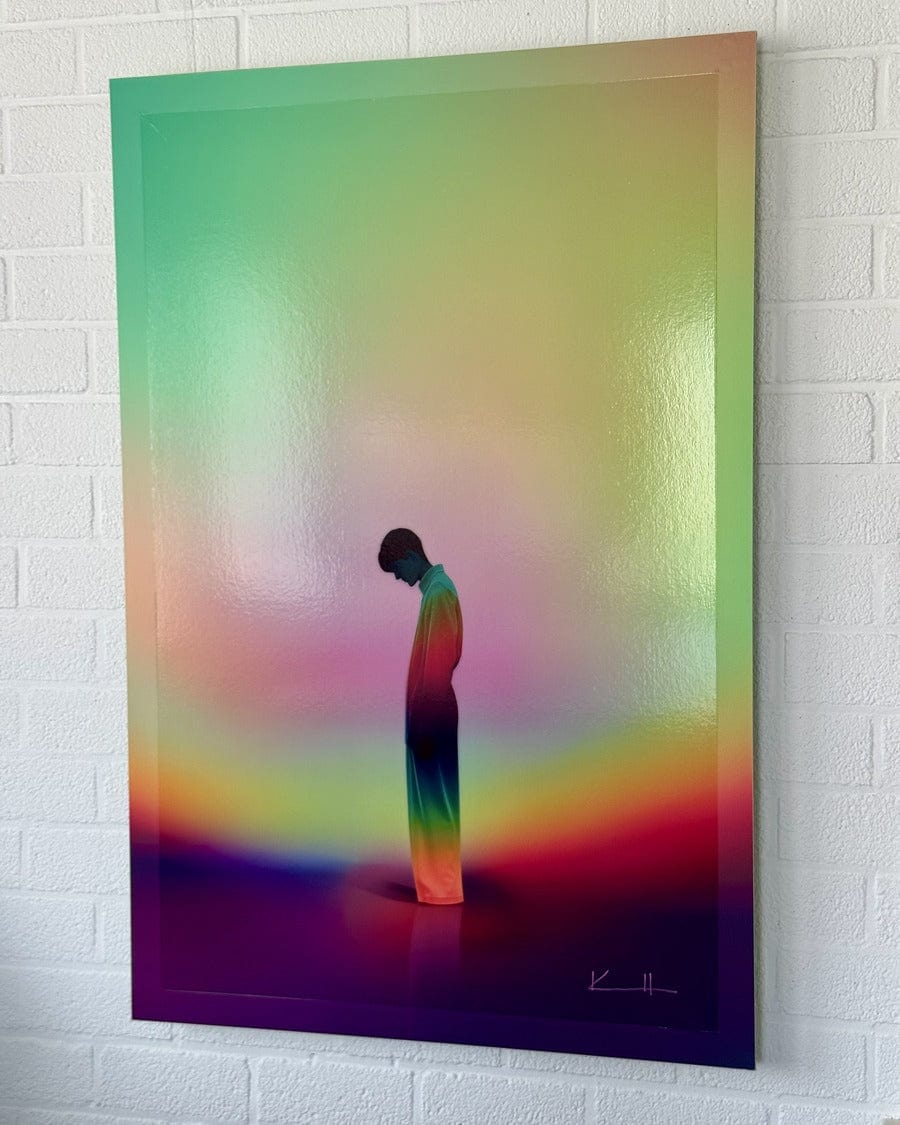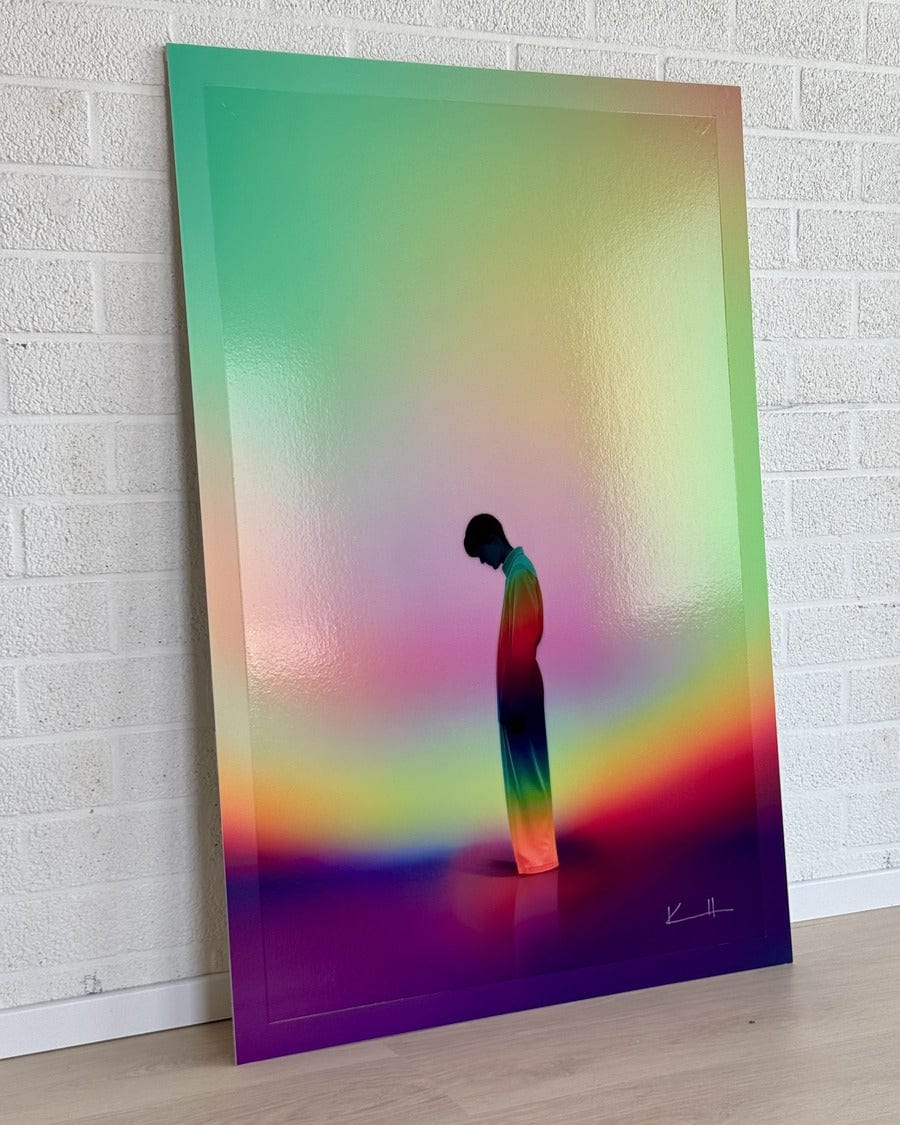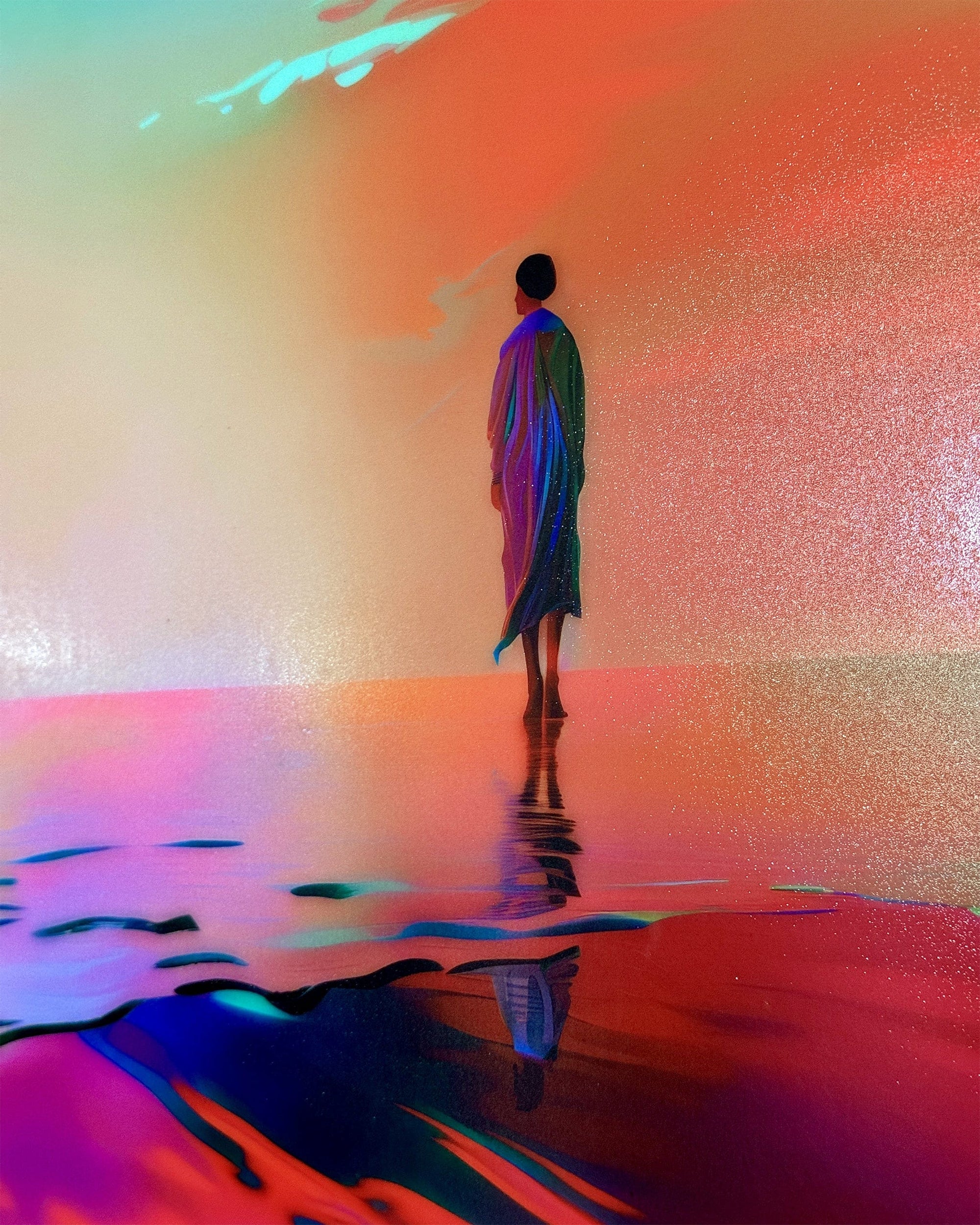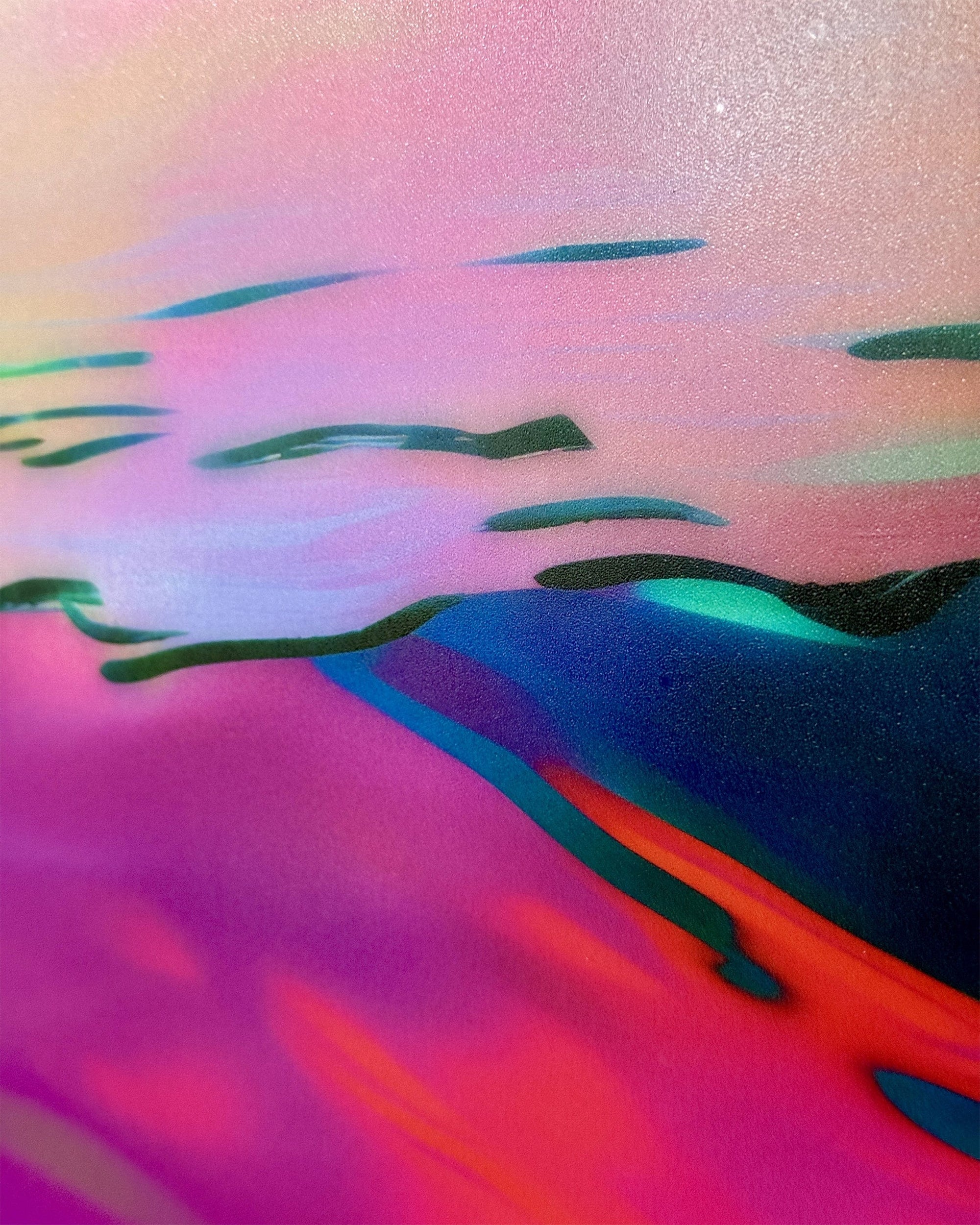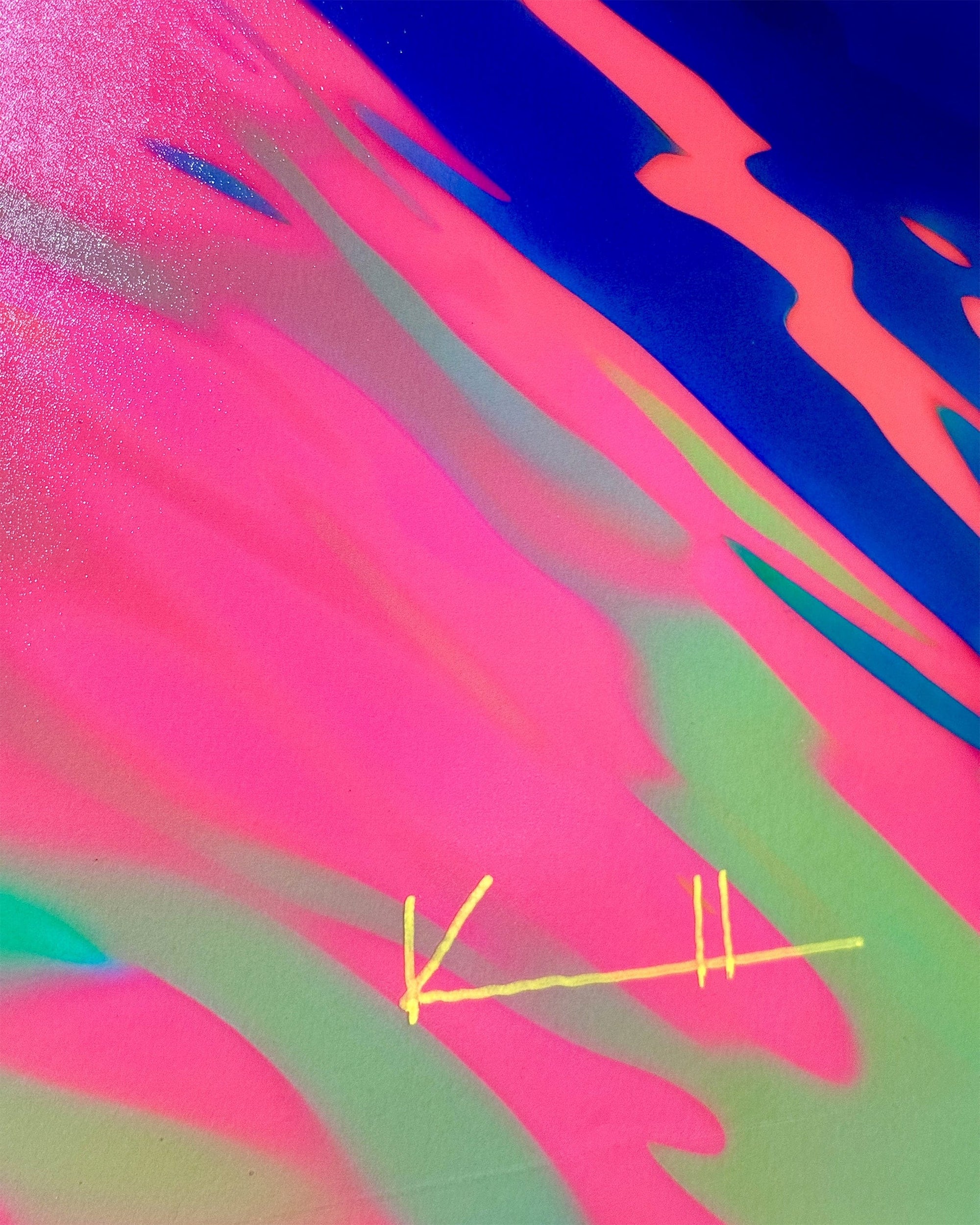Melancholy dipped in Sunshine
Exploring light, emotion, and form through evolving cycles of analogue and digital creation.

WHAT COLLECTORS SAY


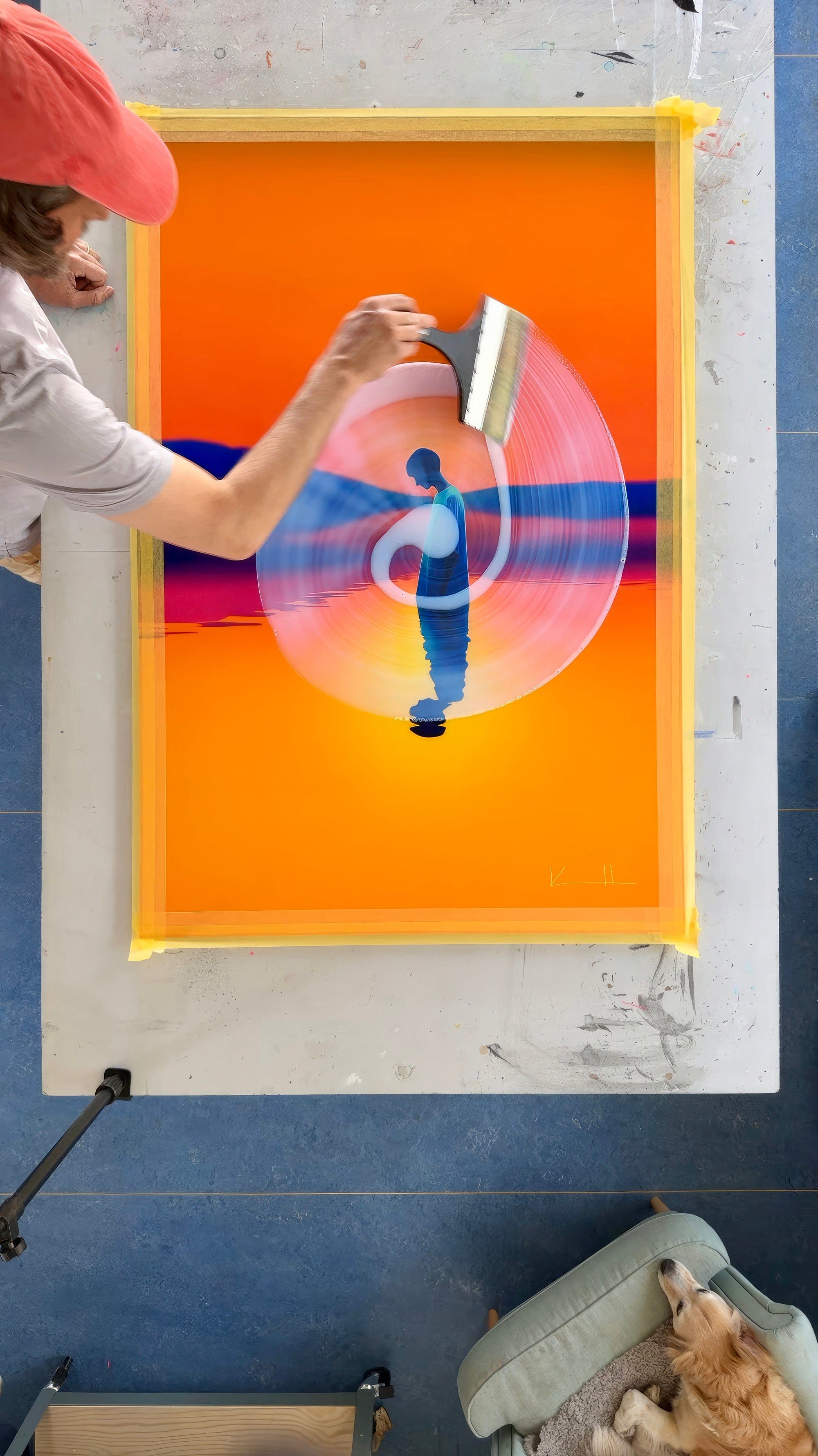
A journey of discovery
Each piece carries fragments of the last, part of an ongoing conversation between medium and technique.


A project about perception, biology and emotion, and the strange fact that no two beings ever see the same thing. Art is only the beginning.
FAQ











